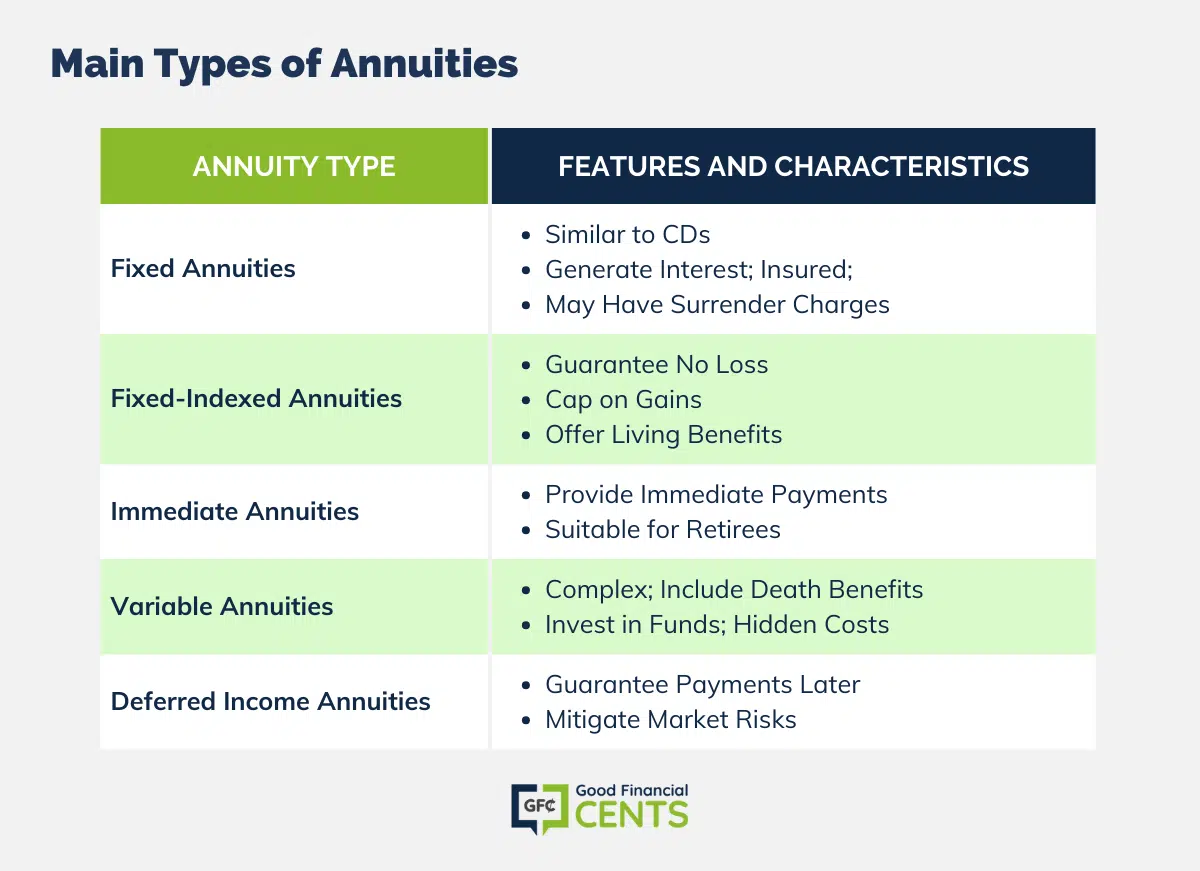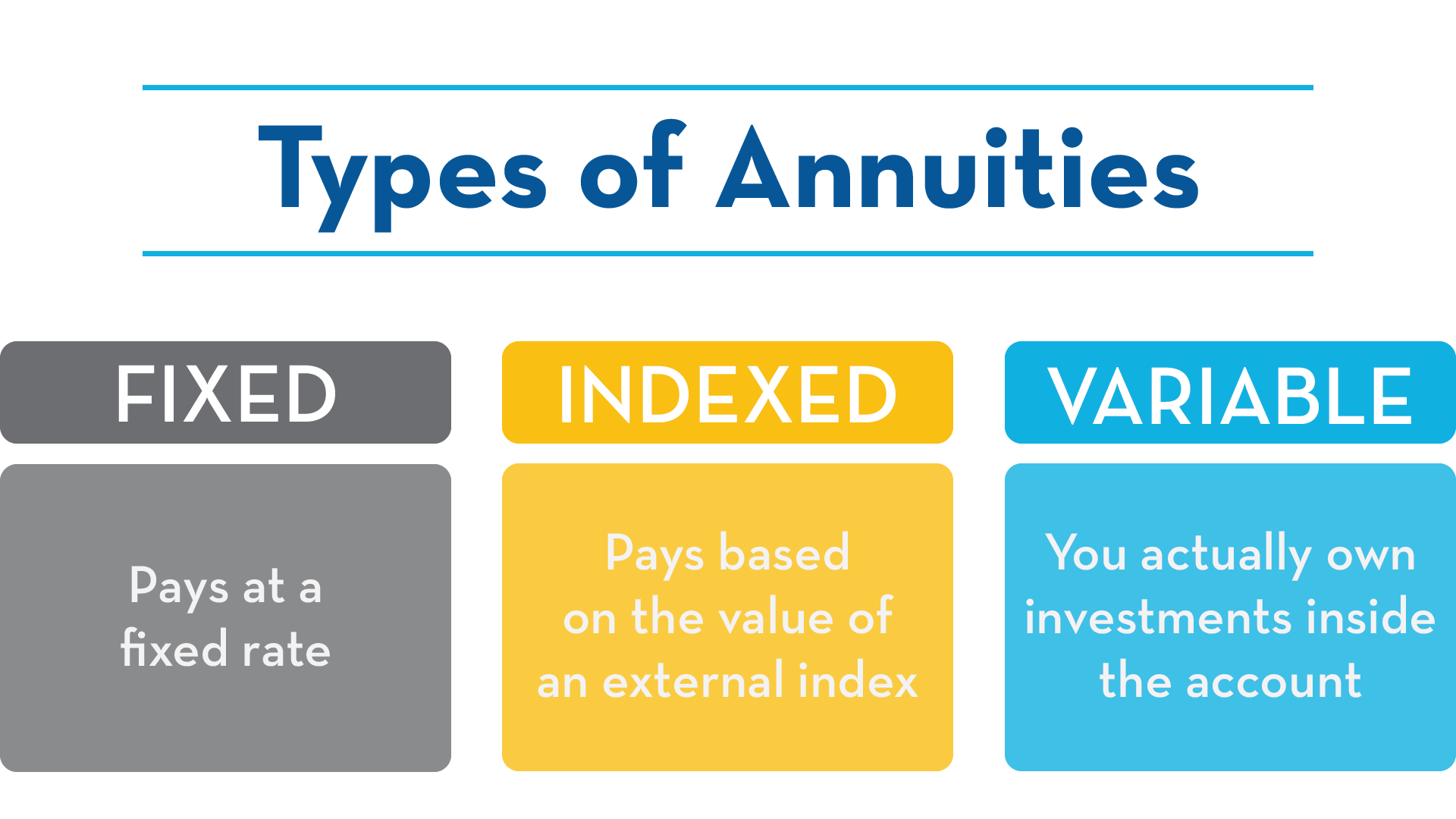All Categories
Featured
Table of Contents
Simply as with a fixed annuity, the proprietor of a variable annuity pays an insurance coverage company a lump sum or series of payments in exchange for the guarantee of a series of future payments in return. Yet as stated above, while a dealt with annuity grows at a guaranteed, consistent price, a variable annuity expands at a variable price that depends upon the performance of the underlying investments, called sub-accounts.

Throughout the build-up phase, possessions invested in variable annuity sub-accounts grow on a tax-deferred basis and are exhausted just when the agreement proprietor withdraws those earnings from the account. After the accumulation phase comes the earnings stage. In time, variable annuity properties need to in theory enhance in value until the agreement owner determines he or she wish to begin taking out money from the account.
The most substantial problem that variable annuities commonly present is high price. Variable annuities have several layers of charges and expenses that can, in aggregate, create a drag of approximately 3-4% of the contract's worth each year. Below are one of the most usual fees connected with variable annuities. This expense makes up the insurance provider for the threat that it assumes under the terms of the agreement.
Exploring Choosing Between Fixed Annuity And Variable Annuity A Closer Look at How Retirement Planning Works Breaking Down the Basics of Fixed Vs Variable Annuity Pros And Cons Features of Variable Annuities Vs Fixed Annuities Why Fixed Index Annuity Vs Variable Annuity Is a Smart Choice Annuities Fixed Vs Variable: Explained in Detail Key Differences Between Different Financial Strategies Understanding the Rewards of Long-Term Investments Who Should Consider Fixed Income Annuity Vs Variable Growth Annuity? Tips for Choosing the Best Investment Strategy FAQs About Planning Your Financial Future Common Mistakes to Avoid When Planning Your Retirement Financial Planning Simplified: Understanding Your Options A Beginner’s Guide to Smart Investment Decisions A Closer Look at How to Build a Retirement Plan
M&E expenditure costs are determined as a percentage of the agreement worth Annuity providers hand down recordkeeping and other administrative costs to the contract owner. This can be in the form of a level yearly cost or a percent of the contract value. Management costs might be consisted of as component of the M&E danger fee or might be assessed separately.
These charges can vary from 0.1% for easy funds to 1.5% or even more for actively taken care of funds. Annuity agreements can be tailored in a number of methods to serve the details demands of the contract owner. Some usual variable annuity cyclists consist of ensured minimal accumulation benefit (GMAB), ensured minimum withdrawal benefit (GMWB), and ensured minimal revenue benefit (GMIB).

Variable annuity payments give no such tax deduction. Variable annuities tend to be highly ineffective automobiles for passing wide range to the following generation due to the fact that they do not appreciate a cost-basis change when the original agreement owner passes away. When the owner of a taxed investment account dies, the cost bases of the financial investments held in the account are gotten used to mirror the marketplace costs of those investments at the time of the owner's death.
Breaking Down Variable Annuity Vs Fixed Annuity Key Insights on Your Financial Future Defining the Right Financial Strategy Features of What Is A Variable Annuity Vs A Fixed Annuity Why Choosing Between Fixed Annuity And Variable Annuity Can Impact Your Future How to Compare Different Investment Plans: Explained in Detail Key Differences Between Different Financial Strategies Understanding the Rewards of Fixed Income Annuity Vs Variable Growth Annuity Who Should Consider Strategic Financial Planning? Tips for Choosing Variable Vs Fixed Annuity FAQs About Deferred Annuity Vs Variable Annuity Common Mistakes to Avoid When Planning Your Retirement Financial Planning Simplified: Understanding Fixed Income Annuity Vs Variable Annuity A Beginner’s Guide to Fixed Income Annuity Vs Variable Growth Annuity A Closer Look at How to Build a Retirement Plan
Heirs can inherit a taxed financial investment portfolio with a "tidy slate" from a tax point of view. Such is not the case with variable annuities. Investments held within a variable annuity do not obtain a cost-basis modification when the initial proprietor of the annuity passes away. This indicates that any type of collected unrealized gains will be passed on to the annuity proprietor's heirs, in addition to the connected tax obligation problem.
One considerable concern connected to variable annuities is the potential for disputes of passion that may feed on the part of annuity salespeople. Unlike a financial advisor, who has a fiduciary task to make financial investment decisions that profit the client, an insurance coverage broker has no such fiduciary commitment. Annuity sales are highly financially rewarding for the insurance coverage experts that market them as a result of high upfront sales commissions.

Many variable annuity agreements include language which puts a cap on the portion of gain that can be experienced by particular sub-accounts. These caps stop the annuity owner from totally joining a part of gains that could otherwise be enjoyed in years in which markets generate substantial returns. From an outsider's point of view, presumably that capitalists are trading a cap on financial investment returns for the previously mentioned guaranteed floor on investment returns.
As noted above, give up fees can significantly limit an annuity owner's capability to relocate assets out of an annuity in the very early years of the agreement. Even more, while the majority of variable annuities allow agreement owners to take out a specified amount throughout the build-up phase, withdrawals yet quantity generally lead to a company-imposed fee.
Withdrawals made from a fixed rate of interest financial investment alternative might also experience a "market price modification" or MVA. An MVA readjusts the worth of the withdrawal to show any kind of adjustments in rate of interest from the moment that the cash was bought the fixed-rate option to the time that it was taken out.

Quite usually, even the salespeople that market them do not fully comprehend exactly how they function, and so salespeople in some cases take advantage of a purchaser's emotions to offer variable annuities as opposed to the values and suitability of the items themselves. Our company believe that financiers must totally recognize what they have and exactly how much they are paying to possess it.
Understanding Fixed Annuity Vs Variable Annuity A Comprehensive Guide to Deferred Annuity Vs Variable Annuity What Is Fixed Income Annuity Vs Variable Growth Annuity? Pros and Cons of Various Financial Options Why Choosing the Right Financial Strategy Is Worth Considering Fixed Vs Variable Annuity Pros Cons: How It Works Key Differences Between Different Financial Strategies Understanding the Rewards of Long-Term Investments Who Should Consider Fixed Vs Variable Annuity Pros And Cons? Tips for Choosing Fixed Vs Variable Annuity Pros Cons FAQs About Immediate Fixed Annuity Vs Variable Annuity Common Mistakes to Avoid When Planning Your Retirement Financial Planning Simplified: Understanding Annuities Variable Vs Fixed A Beginner’s Guide to Variable Annuities Vs Fixed Annuities A Closer Look at How to Build a Retirement Plan
However, the same can not be stated for variable annuity possessions held in fixed-rate financial investments. These properties legally belong to the insurance provider and would for that reason be at risk if the company were to stop working. Similarly, any type of guarantees that the insurer has actually agreed to give, such as an ensured minimal earnings benefit, would remain in concern in the event of an organization failing.
Potential purchasers of variable annuities ought to comprehend and consider the economic condition of the releasing insurance policy firm prior to entering into an annuity contract. While the benefits and downsides of different kinds of annuities can be disputed, the genuine concern surrounding annuities is that of suitability.
As the claiming goes: "Buyer beware!" This post is prepared by Pekin Hardy Strauss, Inc. Retirement planning with annuities. ("Pekin Hardy," dba Pekin Hardy Strauss Riches Administration) for informational objectives only and is not meant as an offer or solicitation for company. The details and data in this post does not constitute legal, tax obligation, bookkeeping, investment, or various other specialist suggestions
Table of Contents
Latest Posts
Highlighting the Key Features of Long-Term Investments A Closer Look at How Retirement Planning Works What Is Deferred Annuity Vs Variable Annuity? Features of Smart Investment Choices Why Choosing Be
Breaking Down Fixed Vs Variable Annuities A Comprehensive Guide to Investment Choices Defining Variable Annuity Vs Fixed Indexed Annuity Pros and Cons of Variable Annuity Vs Fixed Indexed Annuity Why
Highlighting the Key Features of Long-Term Investments Key Insights on Variable Annuity Vs Fixed Annuity Defining Choosing Between Fixed Annuity And Variable Annuity Pros and Cons of Fixed Indexed Ann
More
Latest Posts